The Spectacular Winners of W. Eugene Smith’s $72,500 Photography Grants
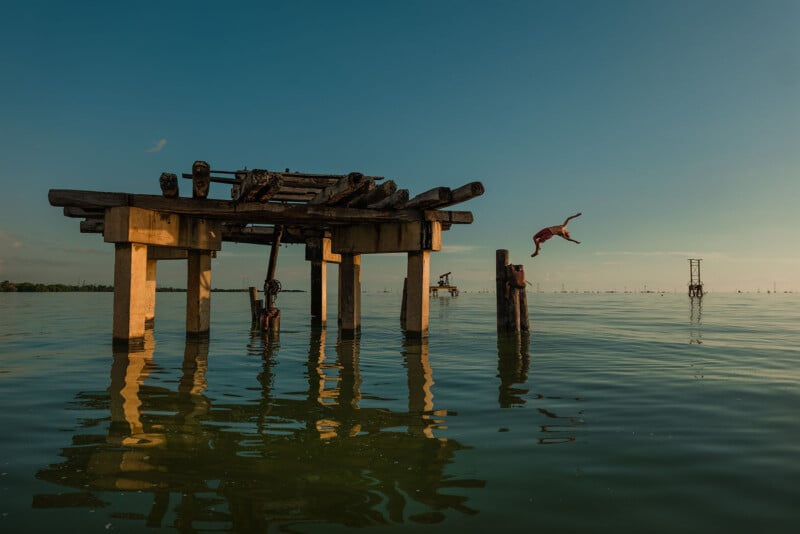
Lake Maracaibo is covered by a layer of algae that flourishes because of mineral contamination, caused by a constant flow of oil spills. Adriana Loureiro Fernandez
The W. Eugene Smith Fund has announced the recipients of its 2024 grants, including the W. Eugene Smith grant, Smith Student grant, and Howard Chapnick grant. Combined, the Fund is issuing $72,500 in grants this year — the most in any grant cycle in 45 years.
This year’s grants received more than 725 entries from more than 85 countries, which is the most in any year since the Fund was established in 1979. Additionally, the Fund says the quality of the entries was phenomenal, resulting in the judges for the Smith Student grant being unable to unanimously select two recipients as they were instructed to. Instead, they selected three, with each receiving a $5,000 grant.
“It was difficult to judge the entries because they were of such high quality and importance,” Hideko Kataoka, Director of Photography at Newsweek in Japan and one of three judges of this year’s Smith Grant entries, says.
“We were struck by the tireless efforts of photographers who are using photography as a weapon to fight against all kinds of social issues, to uncover their essence, and to connect them to tomorrow.”
The judging panel also included Arem Duplessis, Group Creative Director at Apple, and Nii Obodai, Founder of Nuku Studio, which offers support for both emerging and established photographers through research projects, collaborations, partnerships, and other initiatives.
“After 45 years, it is both exciting and humbling to see that the W. Eugene Smith grants continue to attract documentary photographers at all levels from all over the world,” Scott Thode, president of the W. Eugene Smith Fund, says noting that entries were received from more than 85 countries.
The $30,000 W. Eugene Smith Grant in Humanistic Photography Winner
Adriana Loureiro Fernández from Venezuela is the recipient of this year’s $30,000 W. Eugene Smith Grant in Humanistic Photography for her project, Paradise Lost, which Fernández says is a tribute to her generation’s search for change. The Fund explains that Paradise Lost encapsulates several stories happening at once, amounting to “an untenable situation framed by both tragedy and splendor.”
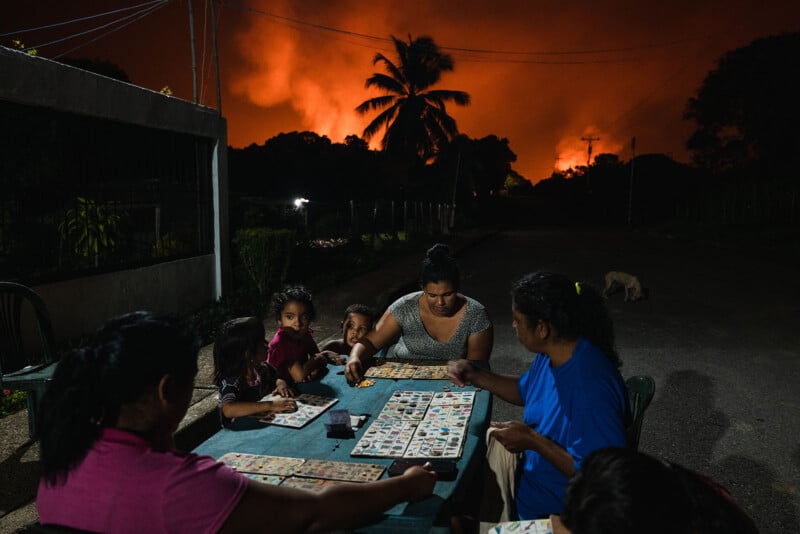
Punta de Mata is the brightest point in Venezuela, surpassing even the capital’s brightness. Massive gas flares burn continuously.
Adriana Loureiro Fernandez for The New York Times


According to the OHCHR, police and other security forces killed more than 19,000 people between 2016 and 2019. Many of these killings were consistent with previous patterns of extrajudicial executions, the report said. Adriana Loureiro Fernandez


The couple are asylum seekers who escaped Venezuela after being political prisoners in 2017. Venezuelans now top every Latin American list for asylum requests. Adriana Loureiro Fernandez


In Venezuela, contraception shortages began in 2013. According to the United Nations Population Fund (UNFPA), Venezuela has one of the highest teenage pregnancy rates in the world. Every 3 minutes, there is a birth from a teenage girl. Adriana Loureiro Fernandez
“Eugene Smith’s legacy carries so much of what I cherish in our photographic practice, and I am honored to bring awareness to stories from Venezuela, in a time when democratic values are challenged around the world,” Adriana Loureiro Fernández says. “I hope these stories can shed light on what is at stake —how it feels to live through a shattered democracy. Most importantly, I hope to honor and highlight how the human spirit and its resilience carries through it all, and hope others can find warmth in restless times.”
The $10,000 W. Eugene Smith Grant in Humanistic Photography Finalists
Deanne Fitzmaurice from the United States received a $10,000 Finalist grant for her series The Unlikely Journey, which is the story of Iraqi refugee Saleh Khalaf, who was severely injured by a roadside bomb in 2003 as the U.S.-led invasion of Iraq began. This project has been in active development for over 20 years as Fitzmaurice has been documenting Khalaf’s life and the life of his family in the United States after being granted asylum.

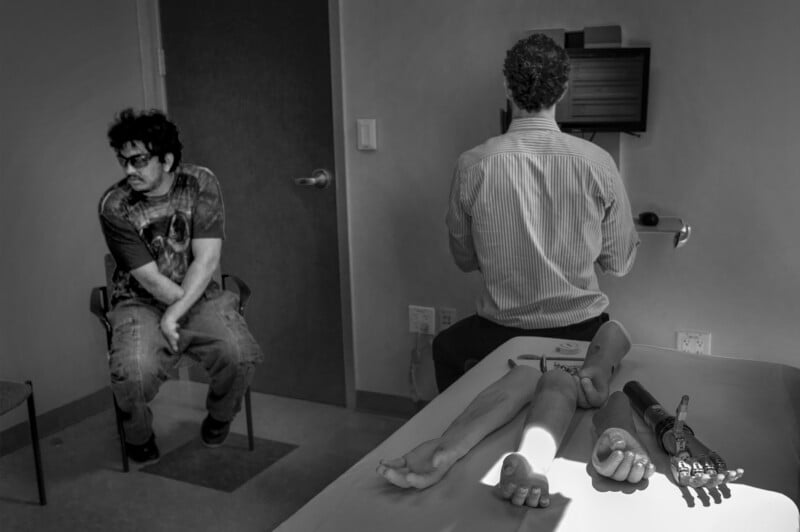

Deanne Fitzmaurice / SF Chronicle
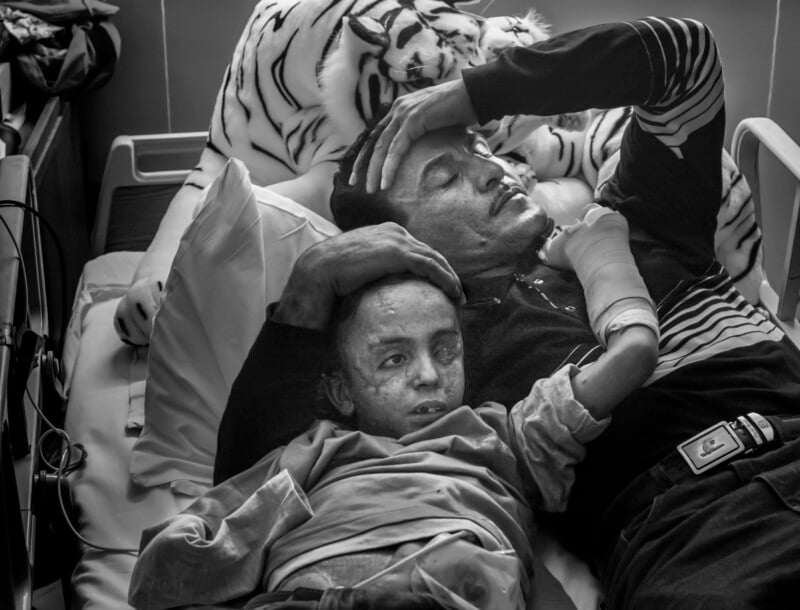

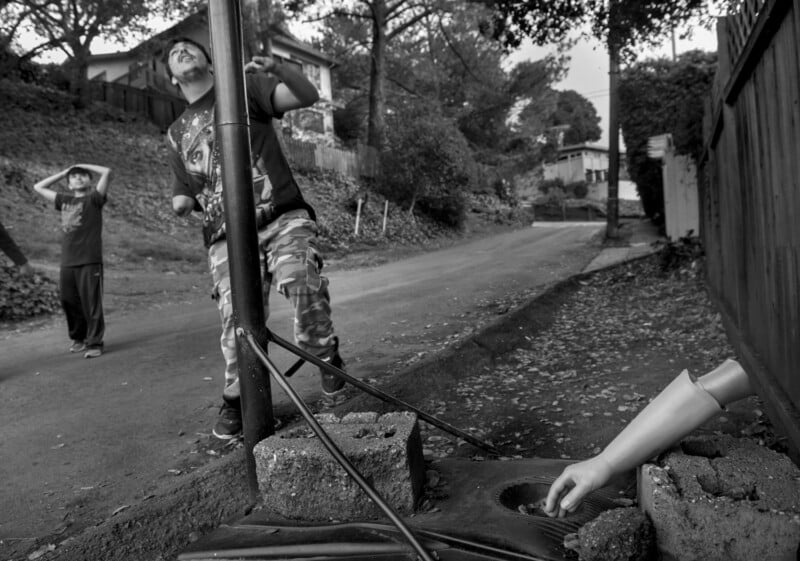

“I am deeply honored and grateful to receive this W. Eugene Smith grant to continue my 20-year project about a boy severely injured in the US-led invasion of Iraq and the long-term effects of war on maimed civilians,” Fitzmaurice says. “This recognition is exceptionally meaningful as my photography has long been inspired by the powerful work of W. Eugene Smith and his deep compassion for humanity.”
A second finalist, Murat Yazar from Turkey, also received a $10,000 grant for his work, Shadows of Kurdistan, which explores the dimensions and depth of Kurdish culture and their political situation since Kurdistan is split among the countries of Turkey, Iraq, Iran, and Syria.

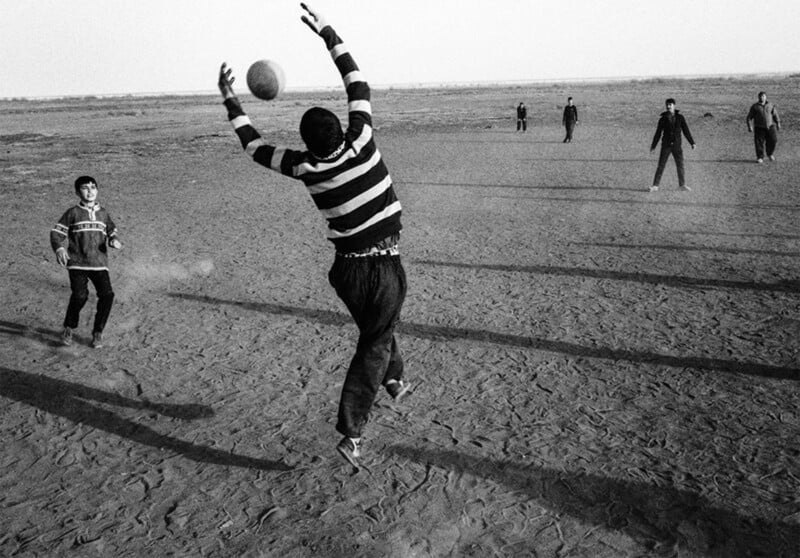

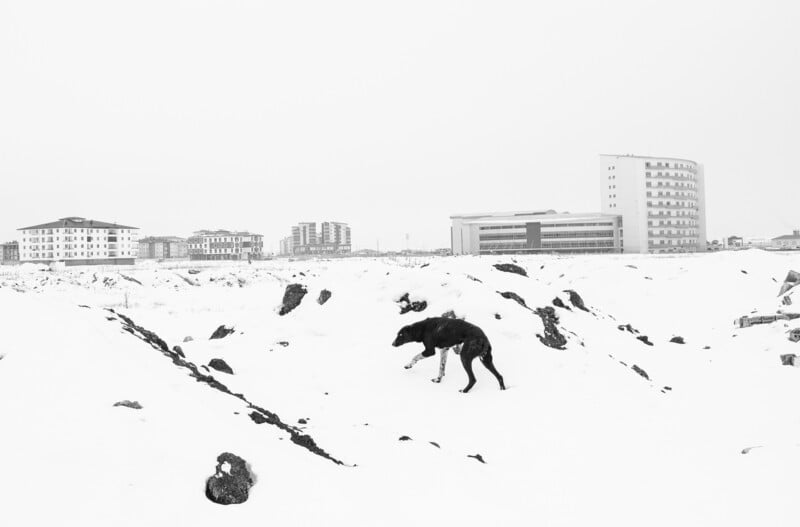
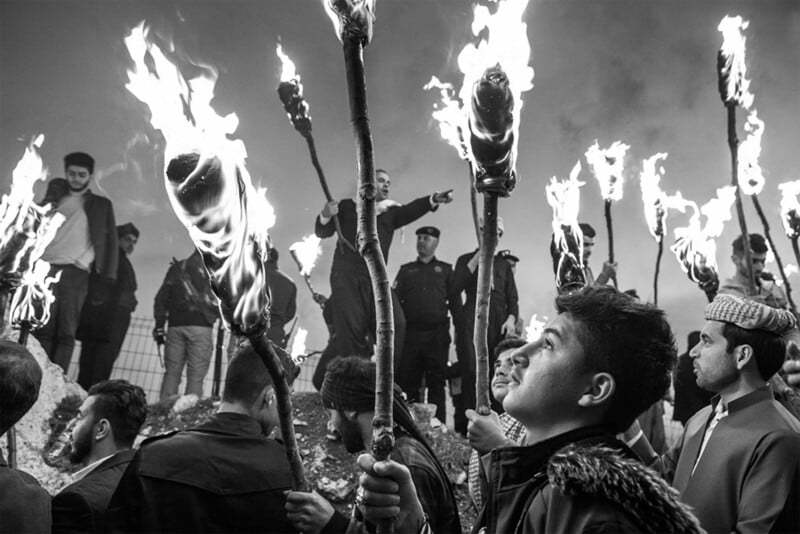

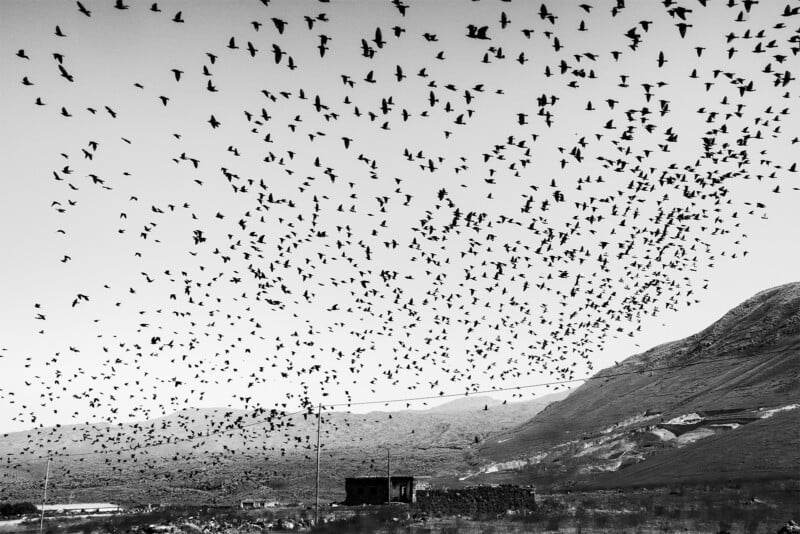

“In the early years of my photographic journey, one of the photographers who had the greatest impact on me was W. Eugene Smith,” Yazar says. “Receiving this award reinforces my belief that I have been on the right path in my photography from the very beginning. This recognition will motivate me to continue my photographic project, Shadows of Kurdistan, with even more dedication. I am deeply grateful to the esteemed jury for deeming me worthy of this honor, and to the W. Eugene Smith Fund for their support.”
W. Eugene Smith Student Grant and Howard Chapnick Grant Winners
In addition to the two major grants above, the Fund also coordinates a Student Grant (with a total pool of $15,000) and the 2024 Howard Chapnick Grant ($7,500). Lea Greub from Germany, Mosfiqur Rahman Johan from Bangladesh, and Gerd Waliszewski (from the United States but is currently based in Germany) were each awarded $5,000 as winners of the Student Grant. Maleza, a photographer-led, not-for-profit association that seeks to facilitate the merging and exchange of experiences around photography in Peru, is this year’s recipient of the 2024 Howard Chapnick Grant.
The winners and their images can be seen on the W. Eugene Smith Grant website.
Image credits: Photographs are individually credited and provided courtesy of the W. Eugene Smith Fund